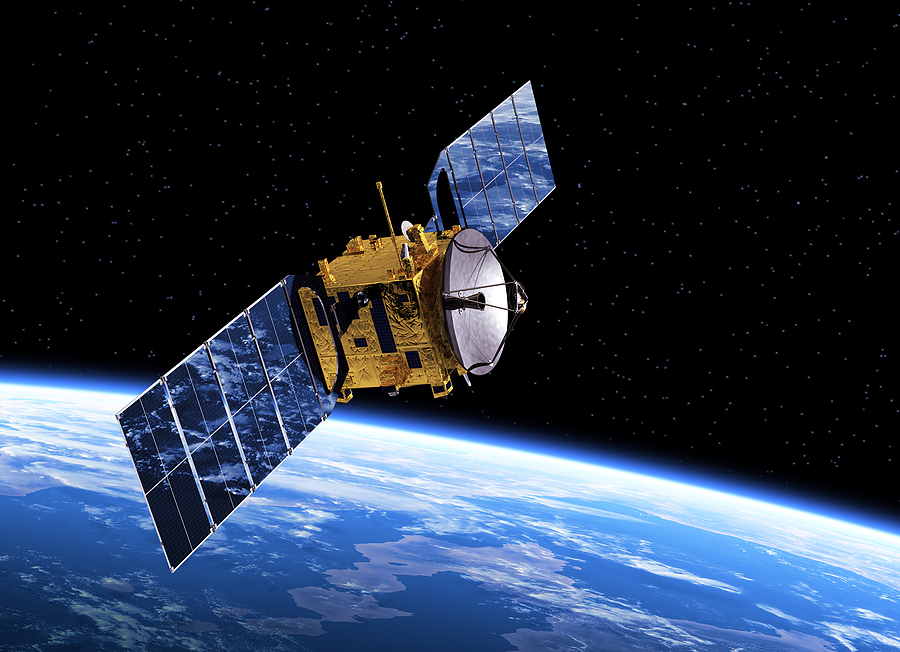Everything You Need To Know About Orbital Velocity

In his discovery of gravity, Isaac Newton once asked himself if the moon also fell. And if it does, why has it not crashed into Earth just like the apple? Later, he realised that the moon does “fall”. However, it does not crash into Earth because it is orbiting around the Earth. Once the moon stops orbiting, the Earth’s gravitational force will overpower it, pulling the moon towards Earth.
Upon discovery, what confused Newton was why the moon does not travel in a straight line but rather in a circular motion. Approximately a century before Newton’s discovery, Galileo stated that unless an external force acts on a moving object, it perpetually travels in a single direction — the external force, which, in the case of orbital velocity, is Earth’s gravitational force.
Newton’s thought experiment
In order to understand how Earth’s gravitational force creates the orbital motion, let us consider Newton’s thought experiment. He visualised a cannon shooting various cannonballs at various velocities on top of a mountain.
When a cannonball is shot at a low velocity, a small parabola is created, and it crashes straight towards the bottom of the mountain almost immediately. However, if a cannonball is shot at a higher velocity, it travels further, creating a longer parabola. It now does not only cover the linear surface but also the curved surface of the Earth. One can say that the cannonball is travelling horizontally along the linear surface while falling vertically on the curved surface.
Orbital velocity
Newton discovered that when a cannonball is fired at a specific velocity, it essentially does not fall. At this specific velocity, the cannonball will travel along the linear surface but not vertically. As soon as it falls, the Earth curves, which means that the cannonball will fall at the same rate as the Earth curves.
As a result, the cannonball will end where it was shot from, tracing the entirety of the Earth’s circumference and completing an orbit. This is known as orbital velocity. At orbital velocity, Earth’s gravitational force acting on its surrounding objects or the moon simulates the tension one might exert at the end of a rope that is tied to a stone, causing it to swing in circles around you. To put it simply, the Earth’s gravitational force becomes the centripetal force that causes satellites and the moon to orbit around it.
It is vital to note that the orbit is not a perfect circle. Instead, it is an ellipse, just like how the Earth orbits around the sun.
Firstly, the orbit velocity decreases with the orbit’s distance from Earth’s centre. This means that satellites orbiting nearer to Earth’s surface travel faster than those orbiting further away.
Secondly, the orbit velocity is independent of the object’s mass. This means that a moon and a nail have to travel at identical orbit velocities in order to orbit around Earth at the same distance from the surface.
Lastly, while the surrounding objects appear to orbit around Earth, they are essentially in perpetual free-fall. They are not massless but rather weightless. This is why humans are able to float even when they are in space. It is in the same manner that an elevator crashing down a building causes a moment of weightlessness.
Conclusion
Our surroundings are filled with lots of physics principles, such as the ones behind the sailboats’ movements. Knowing the physics principles behind some of our daily occurrences allows us to appreciate and understand them better. If you are interested in learning more about such principles, then look no further than Physics Tuition. Our tuition classes ensure that our students have a strong foundation in the subject, allowing them to have a better understanding of what they need and want to know.
Contact us to find out more about our classes!